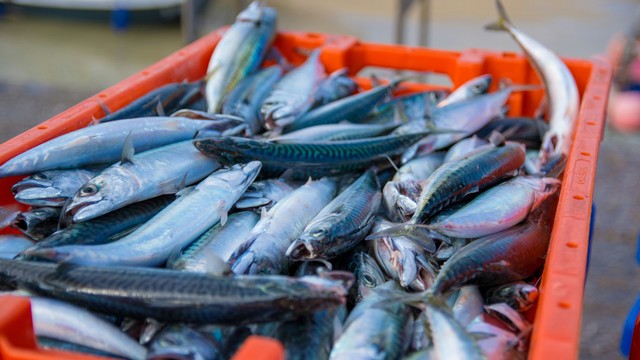Debt swaps could release $100 billion for climate action
World Bank and IMF urged to back plan at Spring Meetings.
More than US$100 billion of debt in developing countries could be freed up to spend on restoring nature and adapting to climate change, according to new analysis by IIED.
‘Debt for climate and nature swaps’ are an important but underused tool for addressing three major problems facing less-wealthy nations: crippling debt, the impacts of climate change, and biodiversity loss.
If a country and its creditors agree to a swap, a portion of that nation’s debt can be written off in exchange for achieving specific, measurable and traceable outcomes in climate or nature projects.
Ahead of the World Bank/International Monetary Fund (IMF) Spring Meetings which begin on 15 April, IIED is calling on international financial institutions and the G20 to promote debt swaps as an important tool for tackling the debt crisis in those countries most at risk from climate change.
Laura Kelly, the director of IIED’s Shaping Sustainable Markets research group, said: “Many of the countries most threatened by rising temperatures have huge debt burdens, and are forever paying interest to wealthier nations that have contributed much more to the climate crisis.
“Money that could help restore damaged ecosystems and protect vulnerable communities from floods or drought is instead flowing to banks and polluters in the rich world.
“The IMF and World Bank should recognise that the current way of lending just doesn’t work for people or the planet. Our broken financial system must move on from colonialist, 20th-century thinking if it’s going to serve everyone fairly.”
IIED’s analysis focuses on the 49 countries most at risk of defaulting on their external debts for which data could be found. According to IMF/World Bank figures for 2022 public external debt stocks – the most recent available – they collectively owe $431 billion. Using a methodology derived from previous international debt-reduction schemes, IIED estimates that $103.4 billion of that total could be freed up for swaps.
Such swaps have been deployed in Cabo Verde, Ecuador, Gabon and Belize.
The debt, biodiversity and climate crises are closely linked in the world’s poorest countries, which also tend to be the most vulnerable to climate disasters and to have emitted relatively little greenhouse gas.
Most so-called climate finance is provided as loans, rather than grants, which means low-income nations are pushed further into debt even as they try to battle climate change – a hidden brake on progress. Research has found poorer countries spend far more servicing their debts than they receive in funds to fight climate change.
IIED believes debt-for-nature swaps should be deployed more widely as one of a range of tools to ease the burden on developing countries. They should be considered as part of layered solutions on a per-country basis, alongside agreements that pause debt repayments when disasters strike, or ‘parametric’ insurance that can cover payments while recovery takes place. For some countries, debt cancellation might be the right solution.
Twenty-nine of the nations included in IIED’s analysis are part of the Least Developed Countries Group, which negotiate as a bloc at United Nations climate talks. The analysis found that debt-for-climate-and-nature swaps could free up $33.7 billion for these countries – dwarfing the $6.1 billion they received in climate finance in 2021.
Overall, the 49 countries IIED analysed received $13.8 billion in climate finance in 2021, according to OECD figures, which is significantly less than what they need.
The amount of money that could be freed up through swaps also vastly outweighs the roughly $700 million pledged to the COP28 ‘loss and damage’ fund so far.
Notes to editors
- Laura Kelly is due to attend the World Bank/IMF Spring Meeting in Washington, DC, and will be available for interview or to provide comment.
- The methodology used to arrive at our debt restructuring figures can be found on page 14 of the report 'Averting the crises'. The present analysis uses actual figures from 2022, rather than projections for 2021 as used in the previous paper. These are the most recent available actual figures. A data table is available showing a full breakdown by country.
For more information or to request an interview, contact Simon Cullen:
+44 7503 643332 or simon.cullen@iied.org



